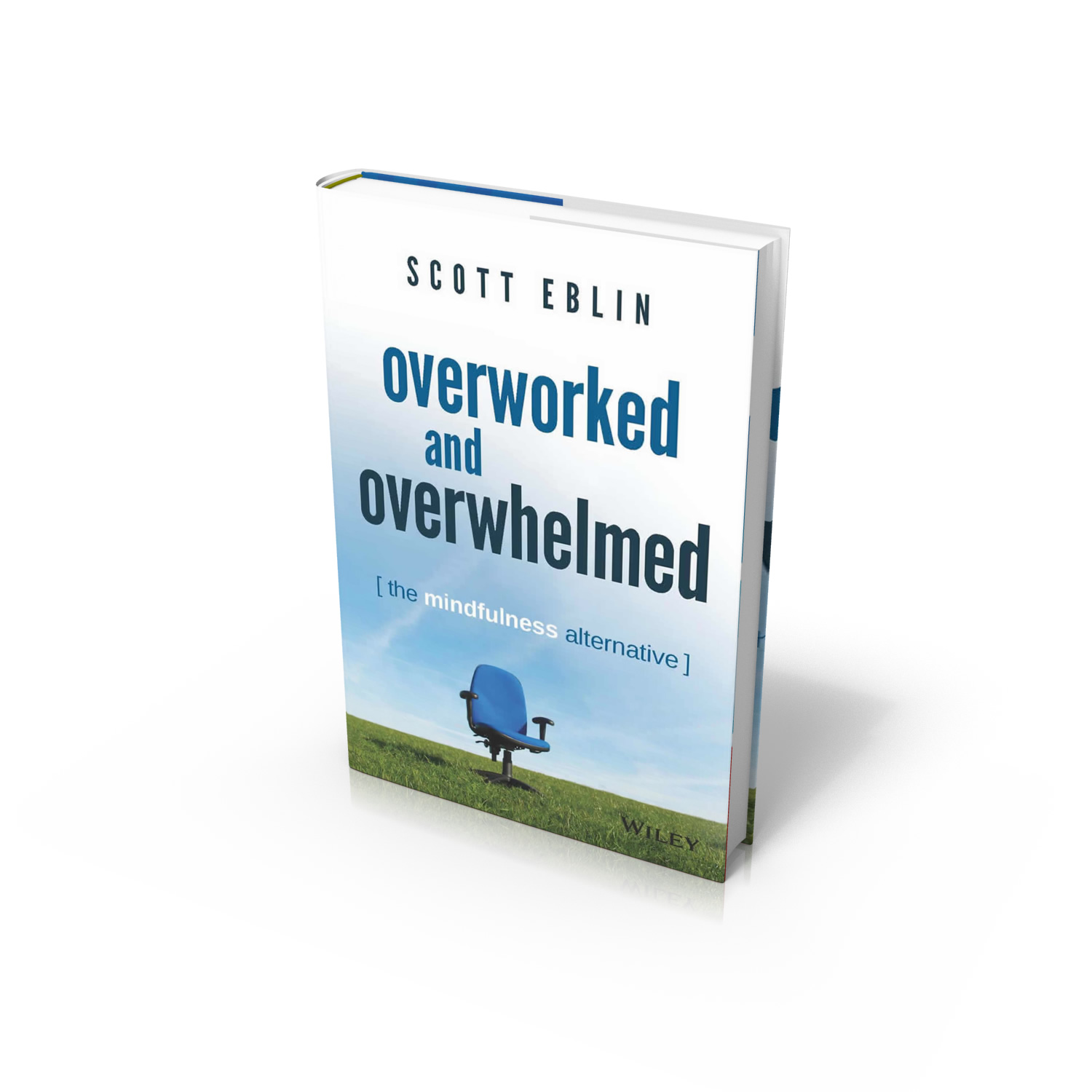 When I read a title like that I immediately start thinking things like:
When I read a title like that I immediately start thinking things like:
I wonder what he thinks the biggest listening distraction is? Will I agree? Will my guess be correct? Will this article be worth my time? . . .
Chances are, you are thinking some version of those things as you read them. Let me tell what the biggest distraction isn’t:
- It isn’t your phone.
- It isn’t your laptop.
- It isn’t your to-do list.
- It isn’t the other conversations going on in the room.
- It isn’t the TV, radio, or iPod.
- It isn’t what you were reading when the person started talking.
Believe me, all of those things are (big) distractions. But the biggest of all, is right between your ears.
Hindus named this distraction 2,500 years ago; in Sanskrit it is called vritti.
You probably call it your inner voice or dialogue.
The questions I said I would be asking when I read the headline? That is inner dialogue. And every minute we are listening to others, we have an inner dialogue going on.
Why is that?
A big part of the reason is that our brains can think faster than anyone can speak, so while I am listening to you (or you are reading these words), you have excess brain capacity, and so your brain starts “talking” while you are listening.
So if this is the biggest distraction we have to being a better listener, how can we overcome it, or even as I suggest above, use it to our advantage?
I believe there is a three-part answer to that question:
- Deciding
- Quieting
- Harnessing
Deciding
You’ve already decided you want to get better at this because you are still reading. You want to be a better listener. You know that skill is important and you want to be better at it.
Congratulations. (And read on.)
Quieting
There are a few things we can do to start quieting our inner dialogue, but what most people do first doesn’t work.
Whatever you do right now, don’t think about a purple zebra.
Yep, you are seeing one in your mind, aren’t you? Your inner dialogue tries to leave it but keeps coming back to the (nonexistent) purple zebra. The best way to fail in quieting your inner dialogue is to tell yourself you are going to stop. Pure stubbornness won’t get you there.
So if brute force doesn’t work, what might?
- A Clear Intention. Desire is a start, but a clear intention means to go into a conversation with the intention of listening more effectively, careful and empathetically. When you set your intention, you help improve the situation, but it isn’t the whole solution.
- Continual Refocusing. This is being aware of the inner dialogue being off track and moving yourself back to the topic (and person) at hand, rather than berating yourself for continuing to get mentally off the subject.
- Practicing. There are many approaches here – meditation, prayer, yoga and many other routines and practices that will help clear your mind and make it easier to reduce the inner dialogue and/or keep it focused where you want it.
All of this points to the fact that you aren’t likely going to stop the inner dialogue, so if that is the case, then what?
Harnessing
If the inner dialogue is going to happen, the best goal is to use it to help you listen better. Here are four ways to help you do that:
- Focus on the person you are listening to. When we focus our attention on the other person, we give ourselves a chance to keep our inner dialogue on that person. If I keep thinking about them, their needs and their message, I will be far more present and a far better listener.
- Think like a detective. The inner dialogue I opened with was, at least, about the topic of the article. That is far more productive dialogue than if it moves on to . . . “I wonder how much this distraction affects me? I’m sure I am better at this than most people. I’ve got this. Man, I am getting hungry. I wonder where I should go for lunch, and what did they just text to me?” You get the idea. If I am being a detective, as I focus on the other person, I am really trying to determine what they are trying to say, how enthusiastic they are about their message, how much it matters to them, and more – that inner dialogue is far more productive if I want to be listening more effectively.
- Ask more clarifying questions. As long as you are being a detective, why not ask some of those questions you are thinking? When appropriate in the conversation, ask questions to better understand what the person said, or what you thought they said. I know, this is classic listening behavior, but it is hard to do if your inner dialogue has you someplace else completely.
- Ask more probing questions. Along with questions to clarify and better understand, as a curious detective, you might want to ask the speaker to dive deeper and answer other questions that have crossed your mind. But you can’t ask them if you aren’t thinking about them first!
Our brains are amazing in their ability to compute and think quickly. Our goal to be a better listener is to use more of that wonderful brainpower for the productive work of listening to and understanding people’s message – both what is spoken and what they haven’t said.








